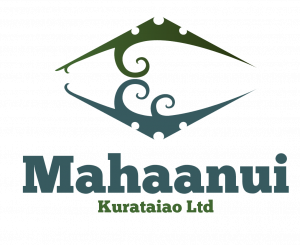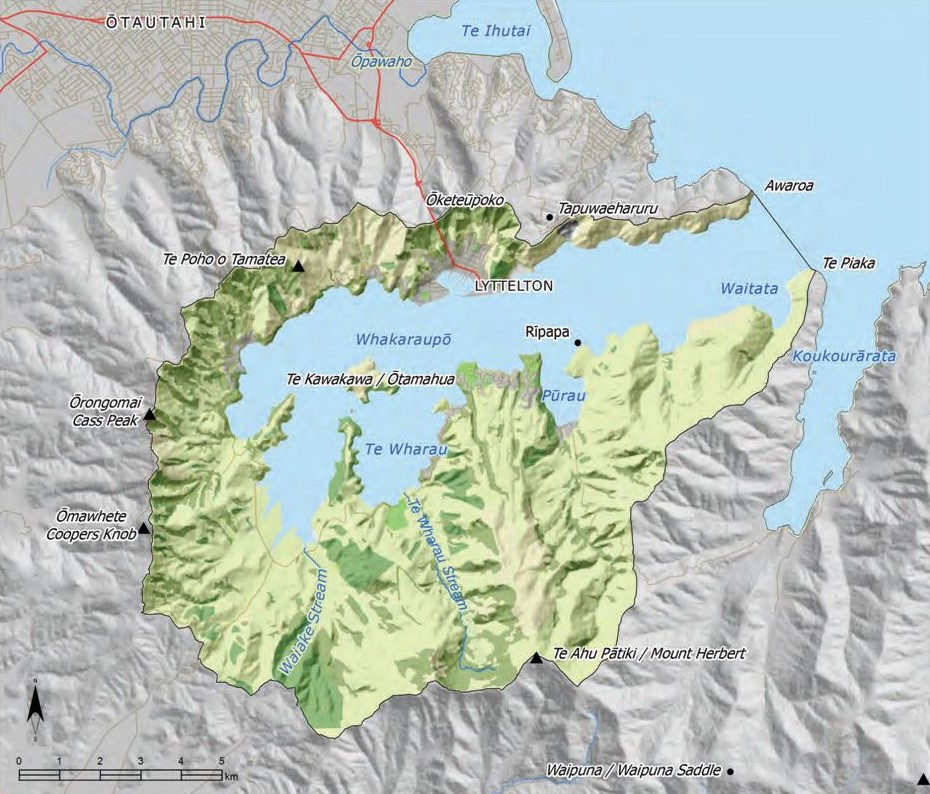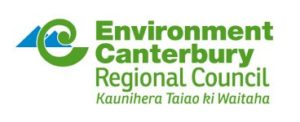6.6 Whakaraupō [WH]
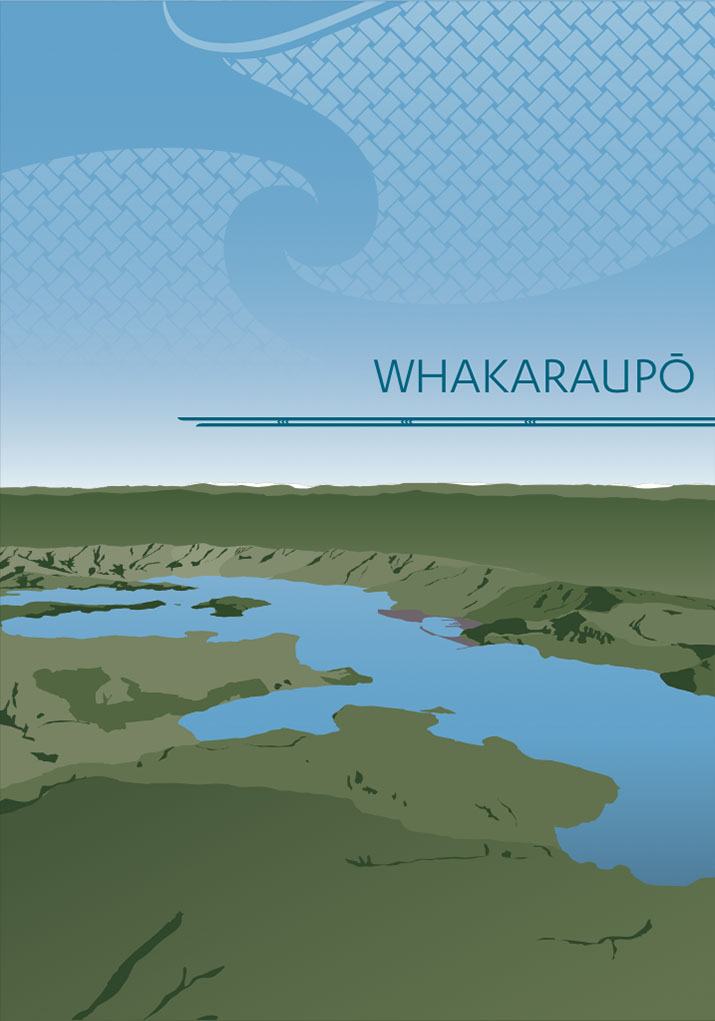
This section addresses issues of particular significance in the Whakaraupō (Lyttelton Harbour) catchment (Map 15).
Whakaraupō has a rich history of Ngāi Tahu land use and occupancy, and strong tradition of mahinga kai. The harbour was named after the raupō reeds that were once plentiful at Ōhinetahi at the head of the harbour. Kaimoana such as pipi, tuaki, kutai, pāua, tio, kina and pūpū, and ika such as pātiki, pātiki rori, pīoki, hoka, aua, pāpaki, koiro and hokarari provided an abundant and reliable supply of mahinga kai for tāngata whenua and their manuhiri. The restoration of kaimoana values to the Whakaraupō is a key kaupapa for the kaitiaki Rūnanga in this catchment.
Whakaraupō is part of Te Tai o Mahaanui (SelwynBanks Peninsula Coastal Marine Area) Coastal Statutory Acknowledgement Area), as per schedule 101 of the TSCA 1998 (see Appendix 7).
"Tāngata whenua know the Harbour very well. Many generations of whānau knowledge provide a base upon which the present residents exercise their kaitiakitanga in both traditional and contemporary ways." (1)
